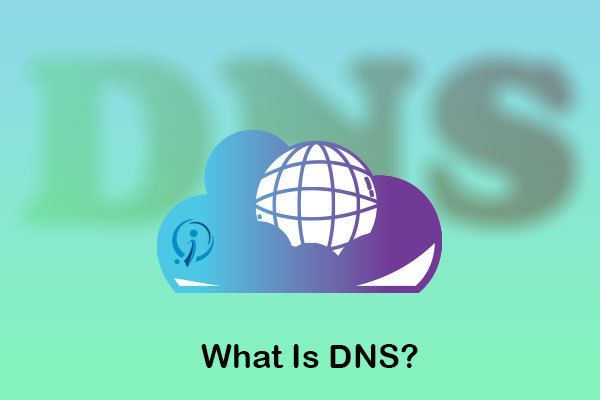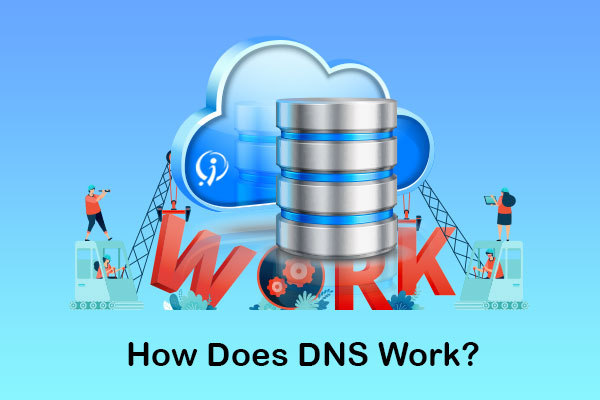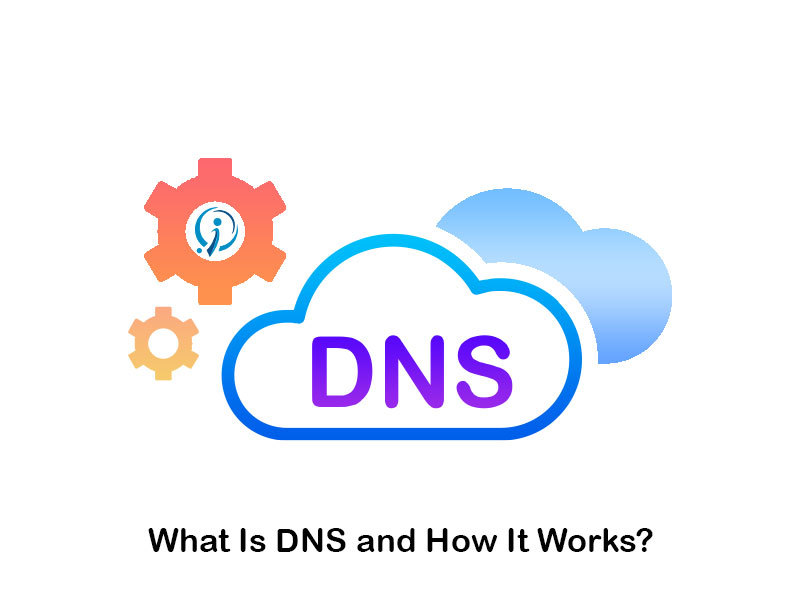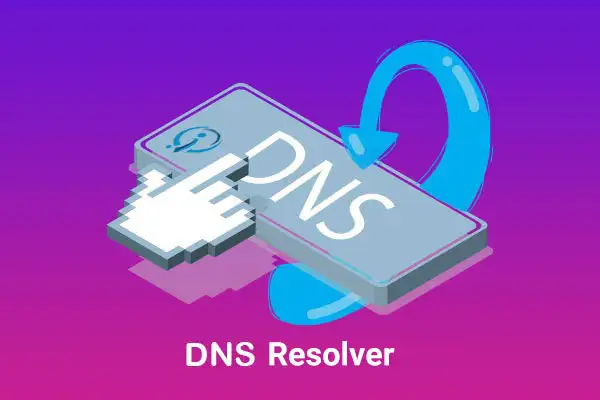Every website has an IP address. However, people cannot remember the IP address of every website on the Internet. That’s where DNS comes into play. DNS replaces the IP address of a website with a meaningful domain name. Let’s dive deep and learn what DNS is all about. All website owners should have this understanding. If you want to know what is domain name system continues.
What Is DNS? | What does DNS stand for?
First, you should know what does DNS stand for? Domain Name System or DNS is sometimes called the Internet’s Yellow Pages. When you needed to find a business address in the past, you looked it up in the Yellow Pages. DNS is similar; however, you don’t have to look anything up because your computer is linked to the Internet. It’s how your computer figures out where Google.com is.

If you want to know what is domain name in website ? this post can help you!
How Does DNS Work?
Now you know what DNS is all about. Understanding how DNS works is critical because it’s a crucial aspect of the Internet.

Consider DNS a phone book; instead of mapping people’s names to street addresses, it maps computer names to IP addresses. A “DNS record” is the name given to each mapping. To get these records, DNS clients on linked devices contact DNS servers. Different sorts of records are used for various purposes. Web browsers use an “A” type record, but an “MX” record links to a mail server. This is how you may host a website with one provider and use an email service with another.
You can read aall about Ip Address in what is Ip Address article.
Types of DNS Records
You will come across a few different DNS records when you want to learn what DNS is all about. Here are the most common DNS records that you will find.
“A” Record
This DNS record represents the classic use of DNS. It is translating the domain of a website into its resembling IPV4 address.
“AAAA” Record
The AAAA record does the same work as the A record. However, it is translating the domain into IPV6 address.
“MX” Record
MX is the short word given for Mail Exchange. This record identifies an email server linked with the domain.
“TXT” Record
TXT Record is versatile as you can use it for multiple purposes. For example, you can use this record to prove domain ownership or sign emails cryptographically to fight against spam.
“CNAME” Record
CNAME is the abbreviation for Canonical Name. This would point a domain name to a different domain name. In other words, a domain name replaces the IP address here.
“SRV” Record
SRV record holds information about the IP address and the specific port associated with the service.
What is DNS lookup?
What is DNS lookup? or why do we call it DNS lookup?
DNS lookup is the steps of the server to return a record of the DNS address. For example, in reality, you want to find an address; in this case, you do everything to find it; it may be easy or hard, The performance of DNS lookup is like this.
What is DNS resolver?
DNS resolver is a part server that can answer the users. The duty of the DNS resolver is to answer the questions.
Steps in a DNS Lookup
- When a user inputs ‘example.com’ into a web browser, the query is transmitted across the Internet and received by a DNS recursive resolver.
- A DNS root nameserver is then queried by the resolver (.).
The root server then sends the resolver the address of a Top-Level Domain (TLD) DNS server (such as.com or.net), which contains the information for the resolver’s domains. When we search - for example.com, we are directed to the.com top-level domain.
- After that, the resolver sends a request to the.com TLD.
- The IP address of the domain’s nameserver, example.com, is then returned by the TLD server.
- Finally, the recursive resolver contacts the domain’s nameserver with a query.
- The nameserver returns the IP address, for example.com, to the resolver.
- After that, the DNS resolver responds to the web browser with the IP address of the domain that was originally requested.
Types of DNS Queries
1- Recursive Query
DNS Servers with recursion feature enabled answers to recursive queries with either the record data of the question or an error message if they could not locate the record. Disabling this feature (a good security practice for local servers) will result in rejected unrelated queries.

2- Iterative Query
The DNS client will let the server deliver the best possible result in this case. If the queried DNS server cannot locate the record in local DNS Zones or DNS cache, it will forward the request to upper-level DNS Servers. After then, the DNS client will query the referral address. This operation continues along the query chain with other DNS servers until an error or timeout occurs.

3- Non-recursive Query
When a DNS resolver client asks a DNS server for a record that it has access to, either because it is authoritative or in its cache, DNS records are typically cached by DNS servers to save unnecessary bandwidth usage and pressure on upstream systems.

Conclusion
By now, you completely understand what DNS is all about. Use this understanding when you work with a DNS server. Then you can figure out what you are doing. If you still need more details, check out this post!

